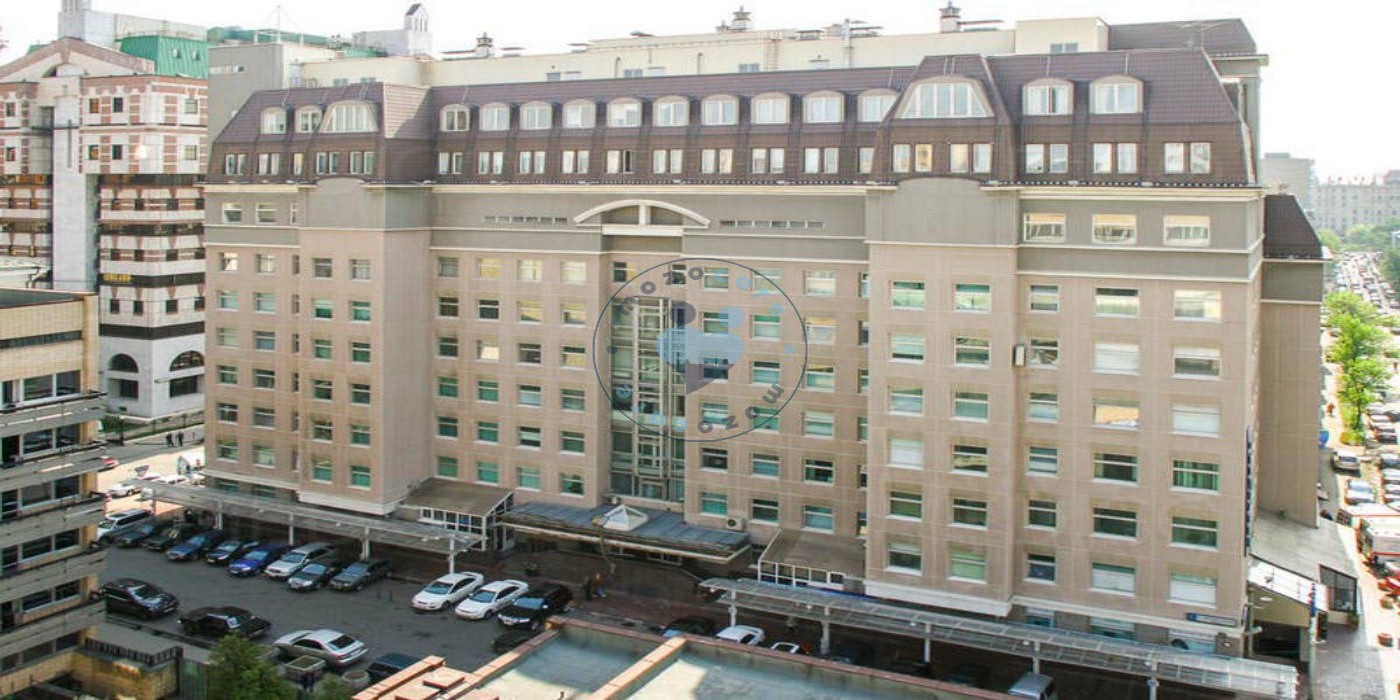

There are many factors that can affect the costs
Scaling and Root Planing treatments abroad
What exactly is scaling and root planing?
Scaling and root planing is often referred to as conventional periodontal therapy , or even deep cleaning . Essentially, scaling and root planing is the elimination of the things which tend to cause inflammation and disease - tartar and dental plaque , for example. The main purpose of scaling and root planing to keep surrounding tissue healthy and reduce the chances of periodontal disease .
Why is scaling and root planing so important?
Though people lose teeth for a variety reasons, the main cause of tooth loss in the adult population is periodontal disease . Besides maintaining good overall dental hygiene, scaling and root planing is considered the greatest defence against periodontal disease. Once infectious bacteria has made its way into gums and teeth it can quickly develop into calculus deposits which eat away at tissue and bone and eventually compromise the structural integrity of the jaw, gums, and teeth . If the plaque is allowed to develop into calculus then procedures such as teeth cleaning are no longer capable of preventing the onset of periodontal disease. The effects of periodontal disease are both permanent and irreversible - and hugely detrimental to oral health. As well as tooth and bone loss, the surrounding gums and tissue may also be permanently damaged. This damage may result in gum recession, exposing the roots and loosening surrounding bone, increasing the chance of further tooth loss.
How is scaling and root planing performed?
Depending on the extent of the damage, anesthetics may be used to numb the area requiring treatment. Scaling is the name given to the removal of plaque and tartar. A dentist will often use instruments called ultrasonic scalers , which create high-frequency vibrations to help to dislodge and remove bacteria. Anything that is left behind can be removed using hand tools, know as fine hand scaling . The use of lasers in scaling treatment has also increased in recent years. Mouthwash or antibiotics may also be provided following treatment to prevent the risk of infection. In severe cases where scaling and root planing can no longer address the problem, more advanced procedures such as bone graft maybe be required, or tooth extraction if the extent of damage is beyond repair.
How much does scaling and root planing cost?
Patients in the United Kingdom can expect to pay up to 300 for treatment. Scaling and root planing in Poland, on the other hand, can be found from as little
Scaling and root planing, or deep cleaning, is a procedure which cleans the roots of the teeth, removing plaque, tartar and other build-ups from beneath the gums. By planing the roots and making them smoother, it is more difficult for bacteria to stick. Scaling and root planing can benefit most patients, particularly patients with gum disease, and where the gum has started to pull away from the teeth.
Recommended for Gum disease Time requirements Average length of stay abroad A few days. Patients may need longer for the whole mouth. As the procedure can take time and leave the gums feeling sore, the dentist may do it over several appointments. Scaling and root planing can help to reduce the presence of gum disease. Time requirements Average length of stay abroad A few days.
Patients may need longer for the whole mouth. As the procedure can take time and leave the gums feeling sore, the dentist may do it over several appointments. Time requirements Average length of stay abroad A few days. Patients may need longer for the whole mouth. As the procedure can take time and leave the gums feeling sore, the dentist may do it over several appointments. Scaling and root planing can help to reduce the presence of gum disease.,
Sometimes the dentist will administer a local anesthetic ahead of the procedure to reduce discomfort.,
The procedure can be performed manually, with a scraping device, or using ultrasonic technology to dislodge any build-ups. The dentist cleans the part of the tooth concealed by the gums using a device which moves between the tooth and the gum to remove plaque and tartar from the area.
Anesthesia Sometimes local anesthetic. Procedure duration The procedure usually takes around 1 hour per quadrant. The teeth are cleaned both above and below the gumline.,
Post procedure care After the procedure it is important to practice good dental hygiene. After local anesthetic, patients should be careful with hot drinks or sharp foods as the mouth will be numb.
The dentist will recommend painkillers if the area hurts once the anesthetic has worn off. Possible discomfort The procedure can be somewhat uncomfortable if performed without anesthesia, and for most patients the area is a little sore following the procedure.,
| BLK Super Specialty Hospital | |
| Asian Heart Institute | |
| JSC Medicina Clinic | |
| Netcare N1 City Hospital | |
| King's College Hospital | |
| Jordan Hospital & Medical Center | |
| Dar Al Fouad Hospital | |
| Hospital Zambrano Hellion | |
| Columbia Asia Referral Hospital Yeshwanthpur | |
| Columbia Asia Hospital Hebbal |

New Delhi, India

Mumbai, India

Moscow, Russian Federation

Cape Town, South Africa

London, United Kingdom